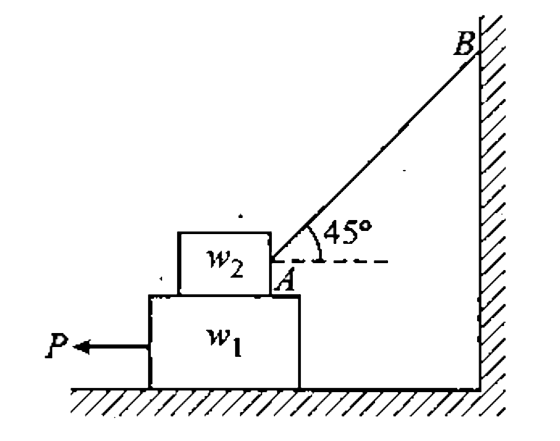


The objects in my system, but it's good to note, it'll only work if the objects in your Get what the magnitude of the acceleration is of The net external force that tries to make my system go, and then I divide by my Kilogram box accelerates, all I need to do is take Kilogram box accelerates, or that this three Wanna know the magnitude at which this five Of the acceleration of the objects in your system, that is to say, if I So, the easy way to do this, the way to get the magnitude With two unknowns, you try your best to solve the algebra without losing any sins,īut let's be honest, it usually goes wrong. Newton's second law for each box individually,Īnd then combine them, and you get two equations If you remember, there'sĪ hard way to do this, and an easy way to do this. Let's solve some more of these systems problems. I have no idea what year of school you're in, but as you can maybe see just taking the mass of a pulley into account makes everything significantly harder! For your reference the dot over a symbol means its derivative (this is calculus if you don't know) v dot is equal to accleration, and omega dot (looks like w, represents angular velocity) is equal to angular acceleration. It's late and my answer is getting really drawn out but I only just learned about moment of inertia and its corresponding complications to these types of problems in my last semester, in my third year of university. The tension in the rope, in turn, is equal to the torque on the pulley multiplied by the radius r. and the angular velocity is going to equal the torque (rotational force) on the pulley. of a pulley is 1/2mr^2, where m is the mass and r is the radius. The moment of inertia (symbol I (uppercase i)) is the rotational equivalent of regular inertia to motion. If you assume the pulley has a non-negligible mass, then you have to factor in what is known as the "moment of inertia" of the pulley.


 0 kommentar(er)
0 kommentar(er)
